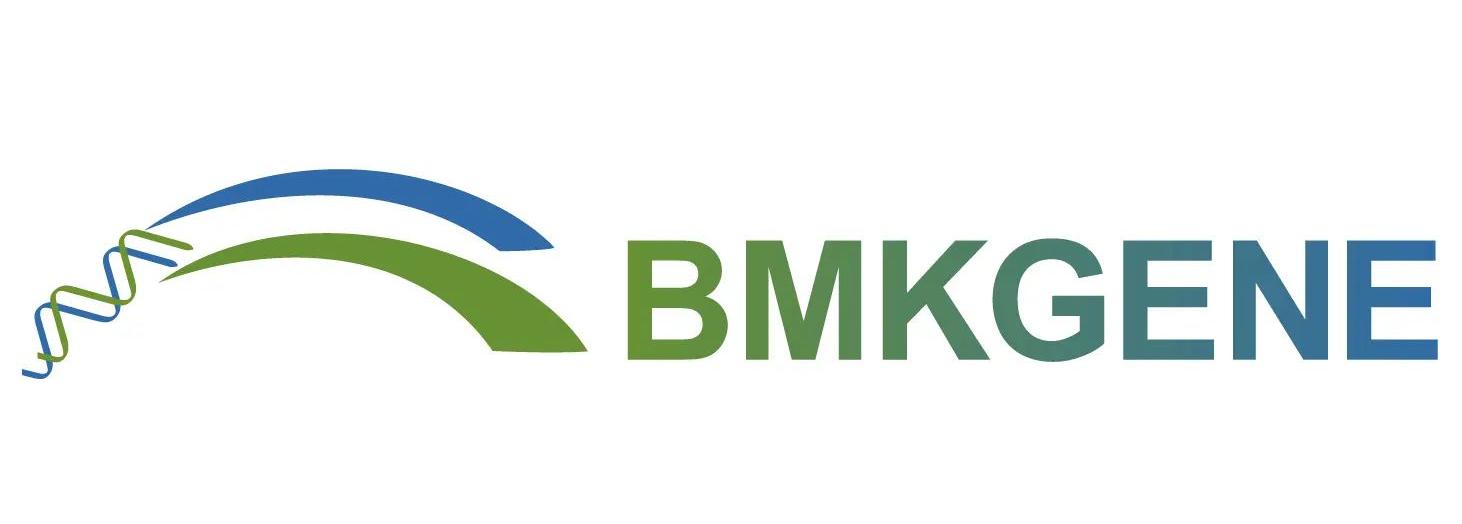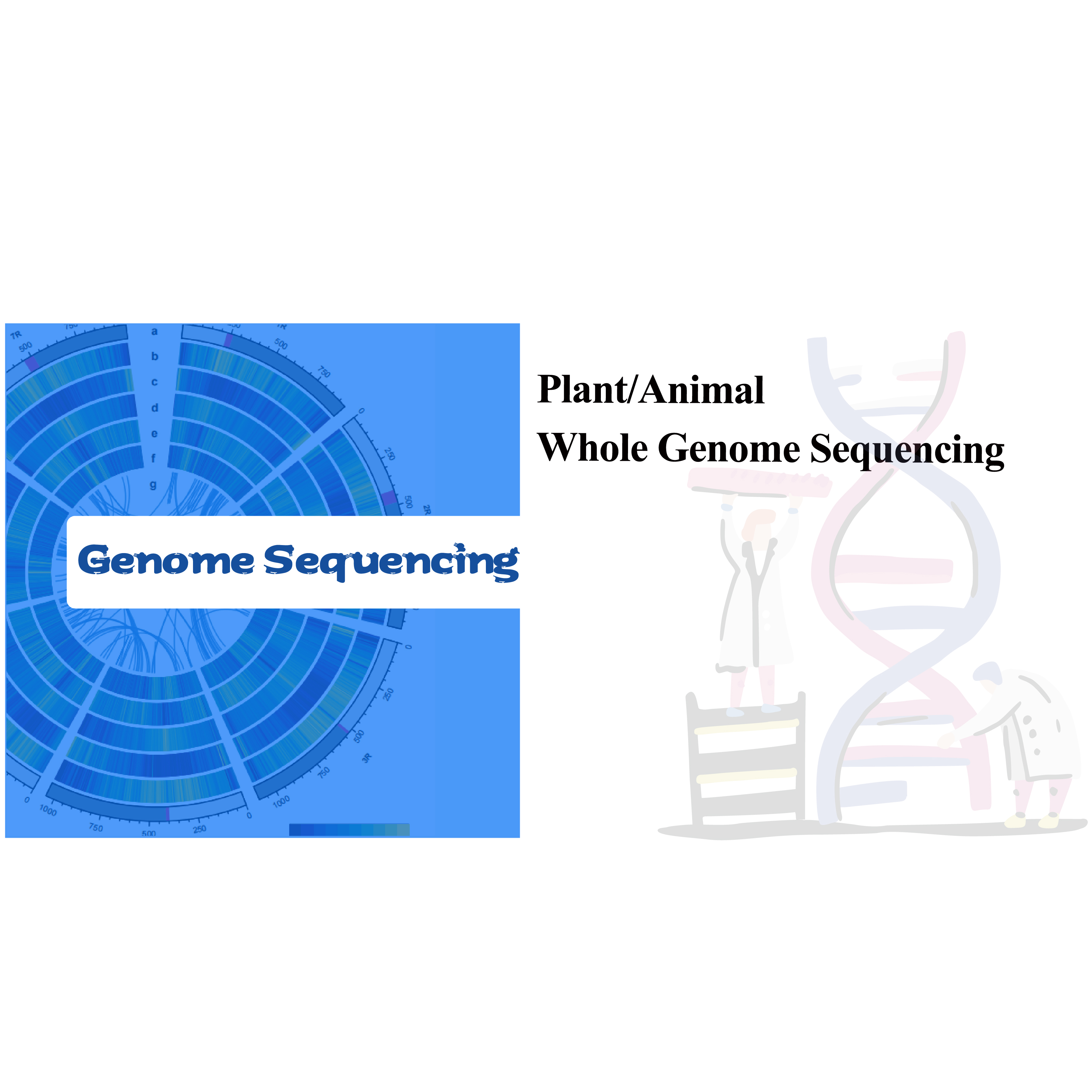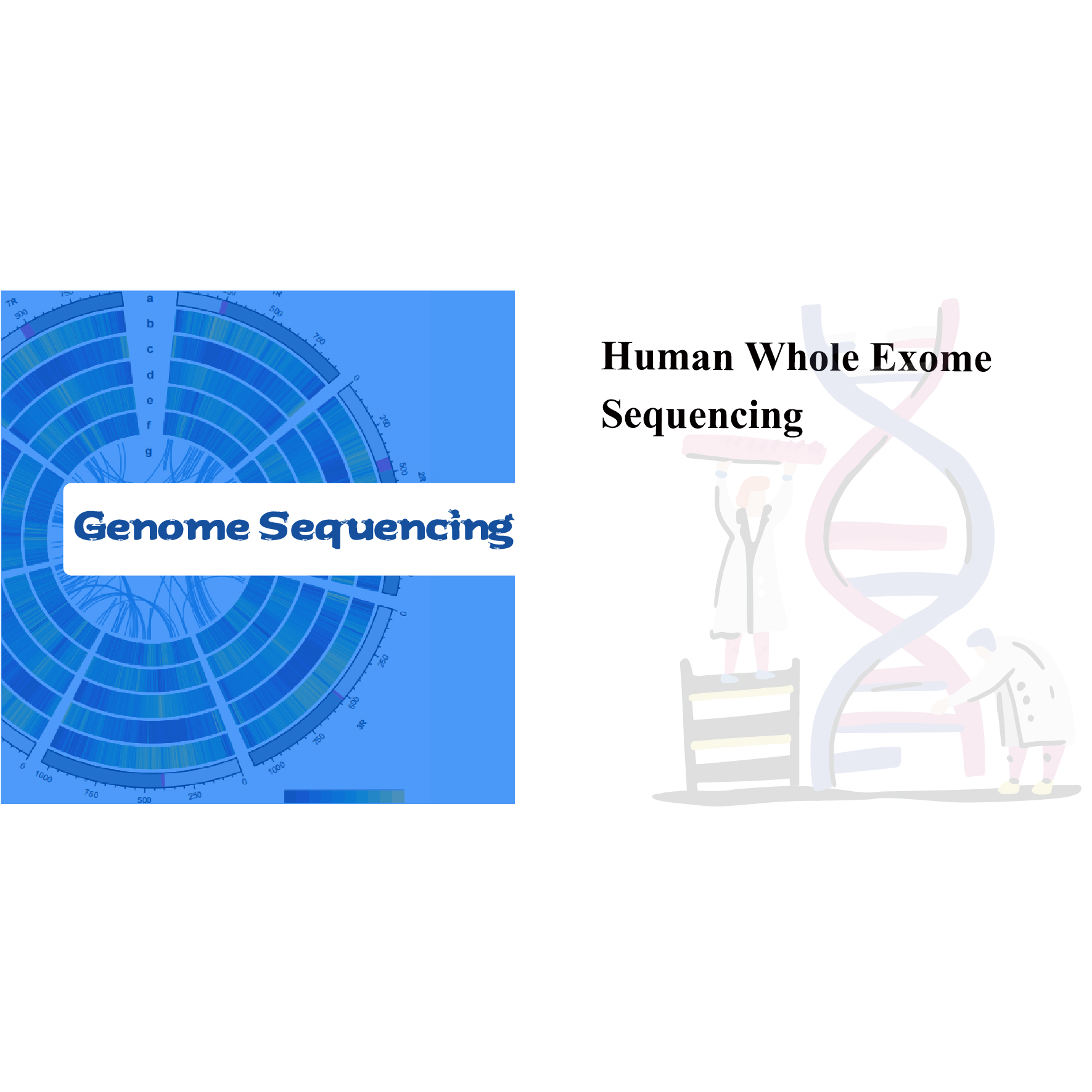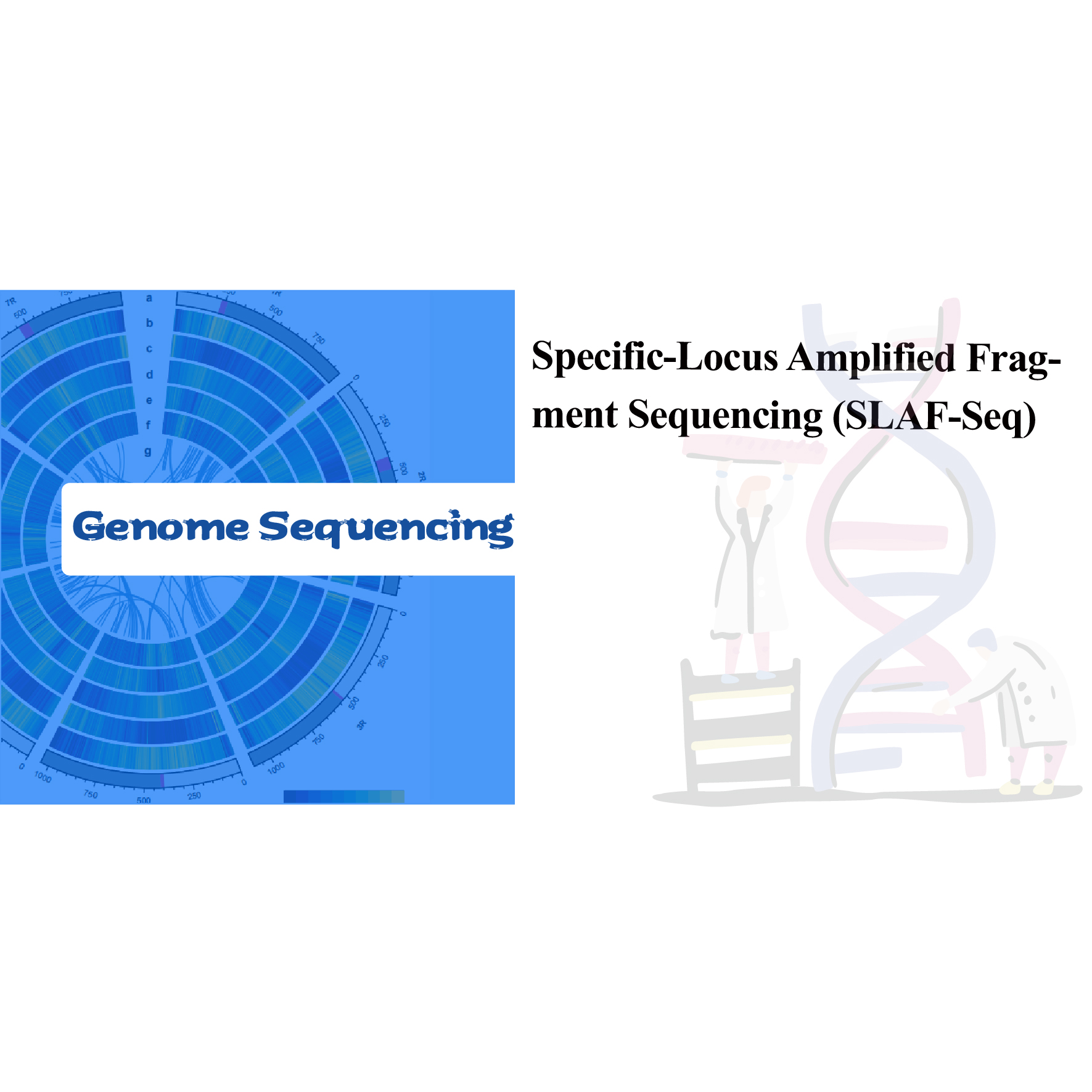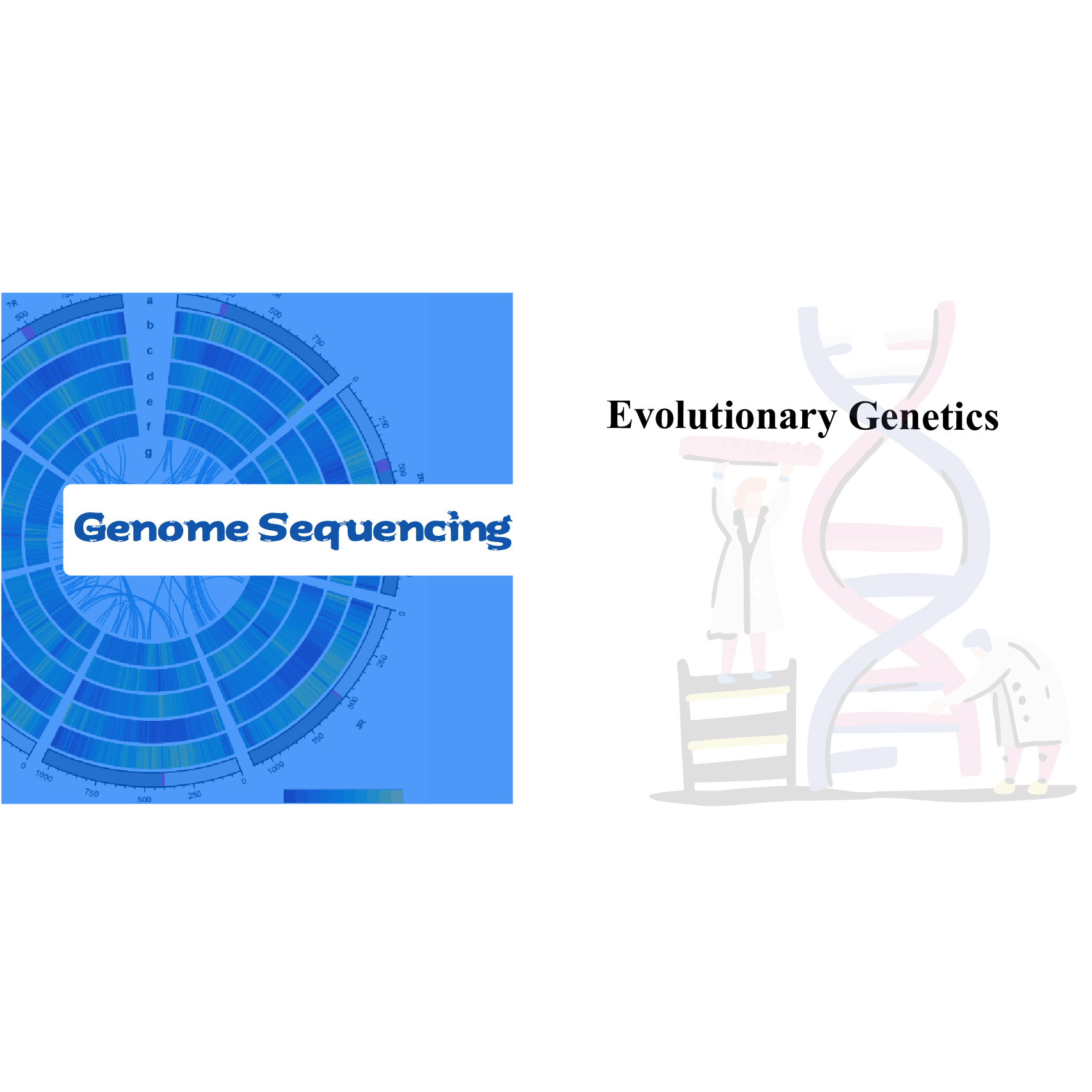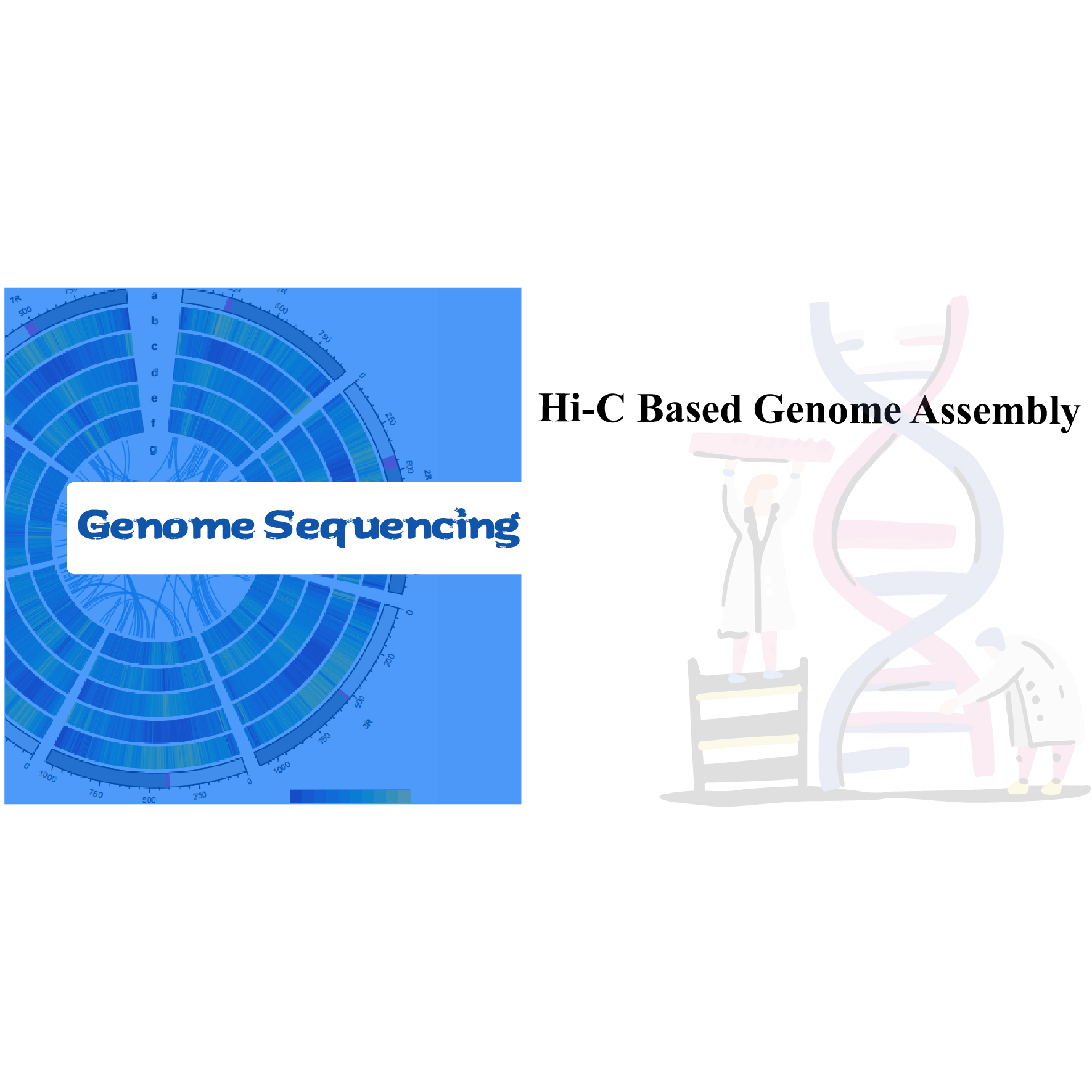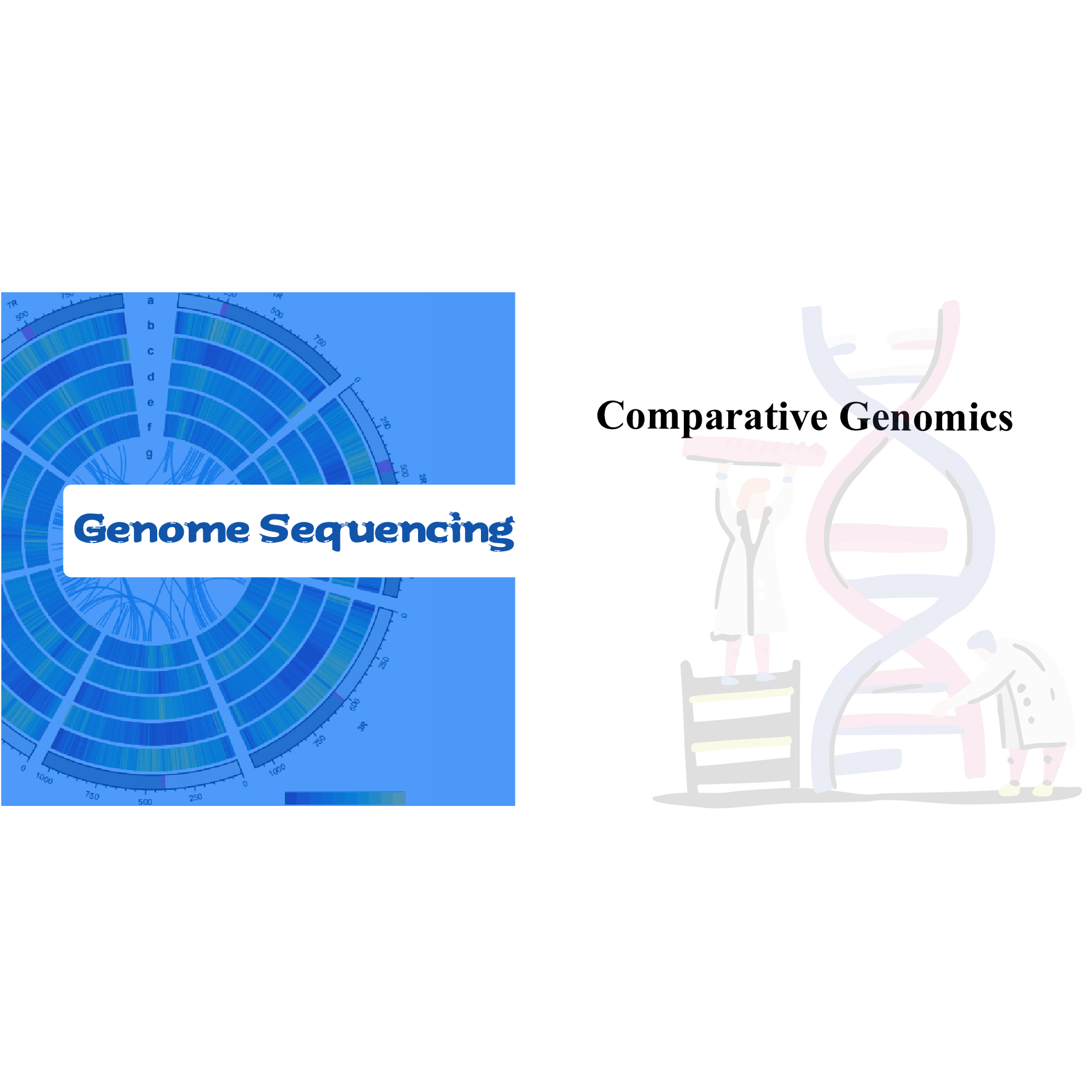
Plant/Animal Whole Genome Sequencing
Service features
● Library preparation can be standard or PCR-free
● Available in 4 sequencing platforms: Illumina NovaSeq, BGI T7, Nanopore Promethion P48, or PacBio Revio.
● Bioinformatic analysis focused on the detection of variants: SNP, InDel, SV and CNV
Service Advantages
● Extensive Expertise and Publication Records: Accumulated experience in genome sequencing for over 1000 species has resulted in over 800 published cases with a cumulative impact factor of over 4000.
● Comprehensive Bioinformatics Analysis: Including variation calling and function annotation
● Post-Sales Support: Our commitment extends beyond project completion with a 3-month after-sale service period. During this time, we offer project follow-up, troubleshooting assistance, and Q&A sessions to address any queries related to the results.
● Comprehensive Annotation: We use multiple databases to functionally annotate the genes with identified variations and perform the corresponding enrichment analysis, providing insights on multiple research projects.
Service Specifications
|
Variants to be identified |
Sequencing strategy |
Recommended depth |
|
SNP and InDel |
Illumina NovaSeq PE150 or BGI T7 |
10x |
|
SV and CNV (less accurate) |
30x |
|
|
SV and CNV (more accurate) |
Nanopore Prom P48 |
20x |
|
SNPs, Indels, SV and CNV |
PacBio Revio |
10x |
Sample Requirements
|
Tissue or extracted nucleic acids |
Illumina/BGI |
Nanopore |
PacBio |
|
Animal Viscera |
0.5-1g |
≥3.5g |
≥3.5g |
|
Animal Muscle |
≥5g |
≥5g |
|
|
Mammalian Blood |
1.5 mL |
≥5 mL |
≥5 mL |
|
Poultry/Fish Blood |
≥0.5 mL |
≥0.5 mL |
|
|
Plant- Fresh Leaf |
1-2g |
≥5g |
≥5g |
|
Plant -Petal/Stem |
≥10g |
≥10g |
|
|
Plant - Root/Seed |
≥20g |
≥20g |
|
|
Cultured Cells |
|
≥1x108 |
≥1x108 |
|
Extracted DNA |
Concentration: ≥1 ng/ µL Amount: 30ng Limited or no degradation or contamination |
Concentration: ≥40 ng/ µL Amount: 4 µg/flow cell OD260/280=1.7-2.2 OD260/23 ≥1.5 Limited or no degradation or contamination |
Concentration: ≥50 ng/ µL Amount: 410µg/flow cell OD260/280=1.7-2.2 OD260/23=1.8-2.5 Limited or no degradation or contamination |
Service Work Flow
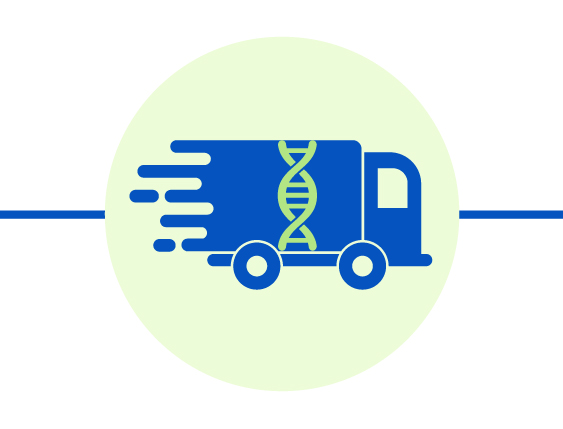
Sample delivery
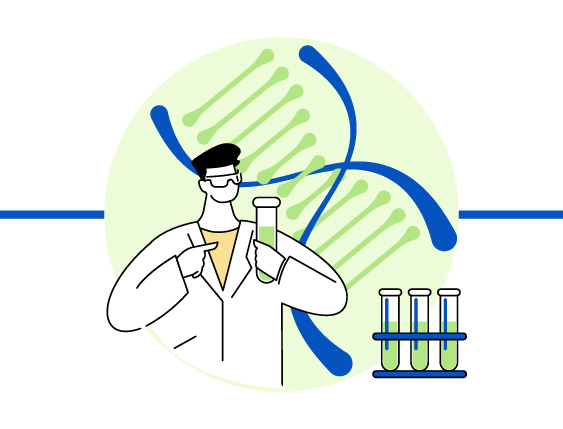
DNA extraction
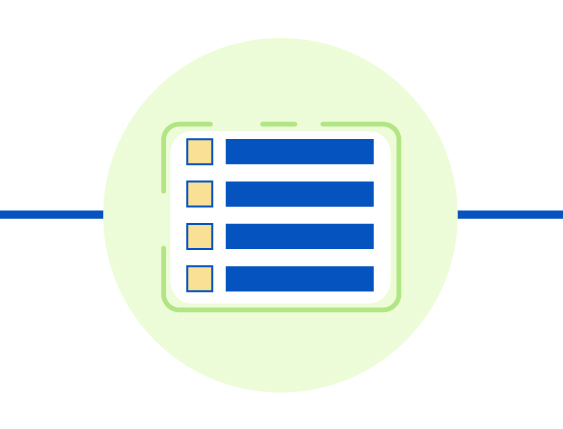
Library construction
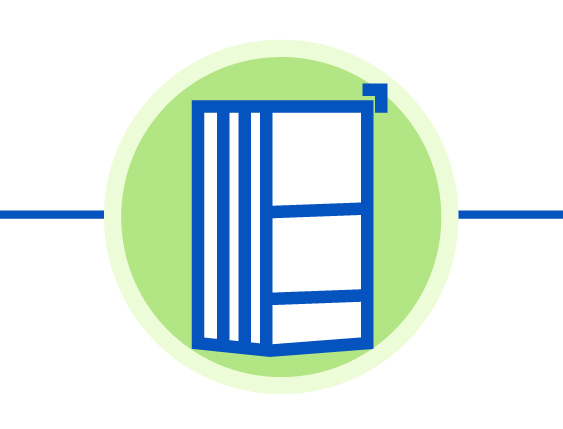
Sequencing
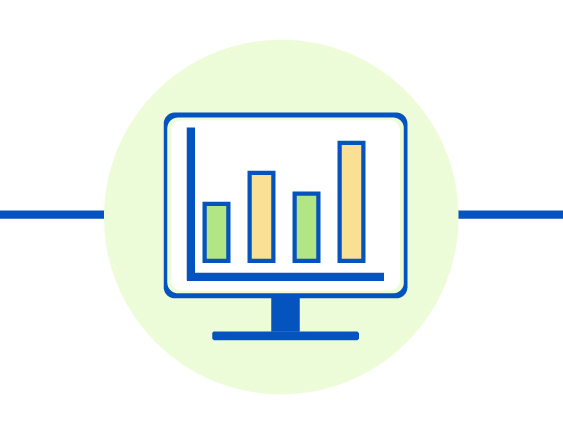
Data analysis

Data delivery
Includes the following analysis:
- Raw Data Quality Control
- Statistics of alignment to reference genome
- Variant identification: SNP, InDel, SV and CNV
- Functional annotation of variants
Statistics of alignment to reference genome – sequencing depth distribution
SNP calling among multiple samples
InDel identification – statistics of the InDel length in the CDS region and the genome-wide region
Variant distribution across the genome – Circos plot
Functional annotation of genes with identified variants – Gene Ontology
Chai, Q. et al. (2023) ‘A glutathione S‐transferase GhTT19 determines flower petal pigmentation via regulating anthocyanin accumulation in cotton’, Plant Biotechnology Journal, 21(2), p. 433. doi: 10.1111/PBI.13965.
Cheng, H. et al. (2023) ‘Chromosome-level wild Hevea brasiliensis genome provides new tools for genomic-assisted breeding and valuable loci to elevate rubber yield’, Plant Biotechnology Journal, 21(5), pp. 1058–1072. doi: 10.1111/PBI.14018.
Li, A. et al. (2021) ‘Genome of the estuarine oyster provides insights into climate impact and adaptive plasticity’, Communications Biology 2021 4:1, 4(1), pp. 1–12. doi: 10.1038/s42003-021-02823-6.
Zeng, T. et al. (2022) ‘Analysis of genome and methylation changes in Chinese indigenous chickens over time provides insight into species conservation’, Communications Biology, 5(1), pp. 1–12. doi: 10.1038/s42003-022-03907-7.
